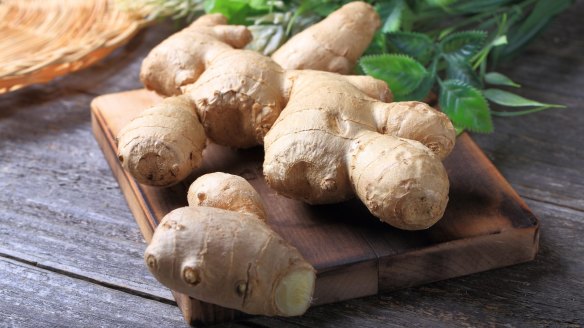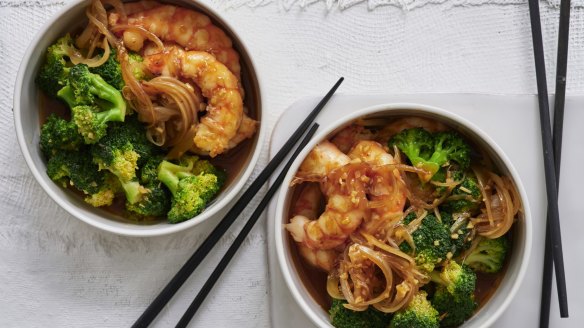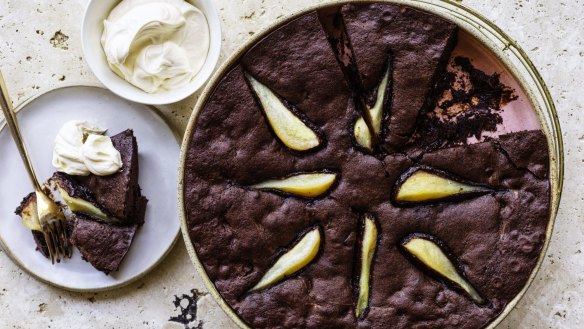Ginger: Everything you need to know

Ginger's tangy zing and complex aromas have made it a culinary and medicinal favourite around the globe. It is an everyday exotic that has been embraced by everyone from young bakers and naturopaths to chefs and craft brewers.
What is it?
Ginger is the rhizome of a tropical plant from the Zingiberaceae family, which includes galangal, turmeric and an indigenous Australian variety commonly known as redback ginger, used for millennia as food and medicine by First Nations people.
Indian Ayurvedic cooking uses ginger to treat colds, fever, upset digestion and headaches. Recent scientific research has identified compounds in ginger that help the circulatory system and brain function and act as antioxidants and anti-inflammatories.
Why do we love it?
Ginger cuts through the richness of a steamed prawn dumpling, gives a hot tingle and a sweet high note to an earthy breakfast juice of celery and beetroot, while fine matchsticks of young ginger add fire and a heady aroma to a Thai gai pad king (fried ginger chicken).
A little powdered ginger adds warmth to the CWA's famous ginger fluff sponge, while one of colonial-era cooking's finest desserts is a buttery steamed pudding made with candied ginger finished with cream and thin custard.

How do you use it?
New-season (young) ginger is harvested in autumn.
- Remove its thin, papery skin before use by scraping it away with a teaspoon.
- Finely grate and use as a condiment for sashimi or pickle your own ginger by making a brine of 5g salt, 70g sugar, 375ml vinegar, heating until the crystals have dissolved and pouring over 350g of finely sliced young ginger.
- Place in a jar, seal, and serve cold.
Young ginger is perfect with aromatic Asian dishes such as Adam Liaw's steamed snapper. Ginger harvested later in the season (mid-winter to spring) is spicier and more fibrous, with thicker skin. Peel before use and grind it in a mortar with a pestle or a food processor with garlic and onion before frying in coconut oil with spices to start a Kerala-style chicken curry.
Powdered ginger has been used since ancient times and features alongside fresh ginger in Adraki gosht, a spicy Greek mutton stew, and in Germany's famous ginger biscuits, lebkuchen. Try it in a cold-climate rhubarb pudding topped with ginger sponge from Stephanie Alexander.

Where do you get it?
Young ginger can be found in markets, supermarkets, Asian grocers, greengrocers and farmer's markets in sub-tropical and tropical regions now. It should be plump, have fine skin and a pinkish hue.
Buy only as much as you need for two weeks and store in the vegetable drawer of the fridge.
Old ginger should be plump, not wrinkled or shrivelled, and can be stored in the fridge or a cool cupboard for several months. Powdered ginger sometimes has wheat flour added to bulk it out and capsicum extract to add the kick.
Look for trusted supermarket brands or visit gewurzhaus.com.au or herbies.com.au.
Send your culinary conundrums and ingredient suggestions to brainfood@richardcornish.com.au or Twitter and Insta @foodcornish
Appears in these collections
Restaurant reviews, news and the hottest openings served to your inbox.
Sign up- More:
- Restaurant news
